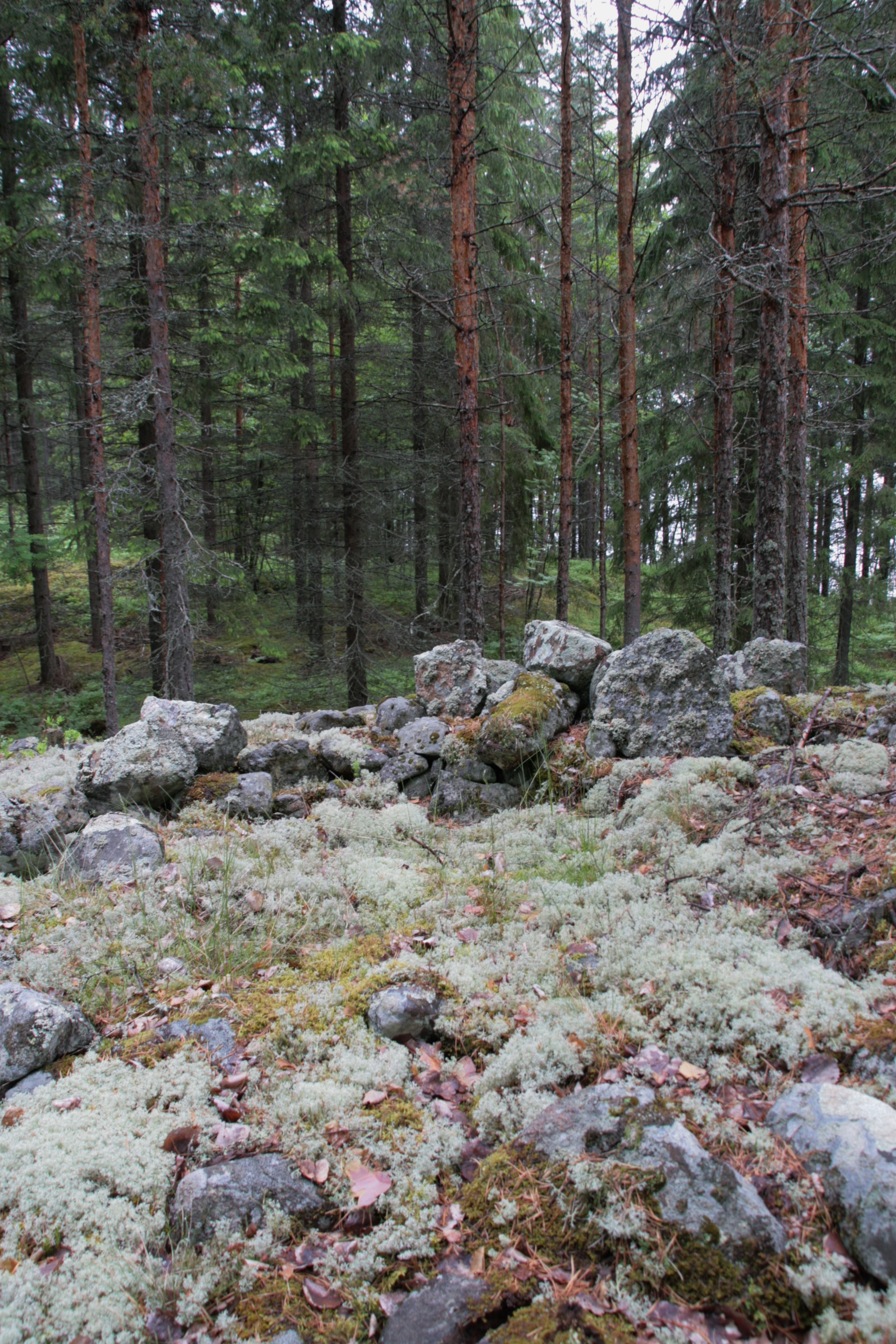Finns have utilised their forests since the Stone Age

Finnish forests conceal traces of 10,000 years of human activity. The Finnish state-owned forestry company Metsähallitus is inventorying the cultural heritage in its forests to enable a proper care of the ancient sites in all phases of forest management and to conserve them for future generations.
Cave paintings and tar pits, logging cabins, places of worship and bootlegging stills – Finnish forests are full of signs of human activity. Finns have lived and worked in the forests. The wilderness has provided them with food and raw materials.
The mapping of cultural sites in state-owned multi-use forests has been a research project unique in its scope in Finland. More than ten thousand cultural heritage sites have been found in the state’s four million hectares of forest.
“This is the first time that cultural heritage sites in forests will be systematically studied. Until now, archaeological studies in Finland have focused on settlements,” says project manager and archaeologist Mr. Jouni Taivainen.
According to Taivainen, inventorying the cultural heritage sites has brought to light plenty of information on ancient times. The findings show that forests have been in extensive and varied use ever since the Stone Age.
History stretches further back than expected

Archaeologists have found cultural heritage sites showing that parts of Finland were populated earlier than has been thought. For example, burned bones were found by Lake Koitere in eastern Finland. With the help of radiocarbon dating it was determined that the area was inhabited as early as 10,000 years ago, in the Mesolithic age.
“Burned bones are a typical sign of a Palaeolithic settlement. Fragments of quartz left over when making tools may also be found,” says archaeologist Esa Hertell, one of the researchers at the Koitere site.
An archaeologist will also notice the practically invisible depressions left in the terrain by ancient dwellings, and hunting pits. A pile of mossy stones on a hill may be a prehistoric burial site and as old as three thousand years. “Then again, maybe there is a field behind that hill and the stones were simply cleared away to make it,” says Hertell.
The inventory of the cultural heritage sites spans 10,000 years. The most recent findings are from the 1960s, just before a major change took place in Finnish agriculture and forestry.
Sites younger than a hundred years are not covered by Finland’s Antiquities Act. Nevertheless, Taivainen believes that especially the younger findings can offer interesting information for future researchers.
“For example, loggers’ cabins or hay barns in outlying meadows are heritage that is disappearing but not yet under protection.”
Assisted by local experts

As part of the National Forest Programme, Metsähallitus is to complete its inventory of cultural heritage sites in state-owned forests by 2015. The primary aim is to identify cultural heritage sites so that they can be protected during the different stages of forest management.
Metsähallitus has taken a decision to protect all cultural heritage sites in state-owned multiple-use forests. This means, among other things, that it is prohibited to drive across a site or to break the soil.
Metsähallitus has trained forest workers and its own experts to identify and protect cultural heritage sites. Many sites were found thanks to local workers and residents.
Inventory results available to everyone
Taivainen estimates that another ten thousand cultural heritage sites await discovery in state-owned forests. The four million hectares of forest have been reviewed with the help of maps, laser scanning and databases, but the field studies cover just a few percent of this.

Furthermore, practically no inventories exist on forests in private ownership. They cover two thirds of Finland’s forests. Since private forests are located closer to urban areas and settlements than the state-owned outback, they are expected to be rich in cultural heritage sites.
The inventory of cultural heritage sites is expected to be made available to everyone in the future. Even now, some of the material can be found as e-publications on the Metsähallitus website. Many of the older sites are already registered in a national database of ancient monuments.
Taivainen hopes that the cultural heritage sites will be linked to GIS applications. Hikers could then easily find cultural treasures close to where they plan to go.

Cultural heritage field survey of Metsähallitus